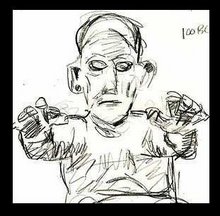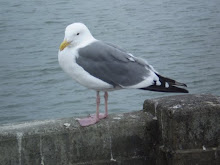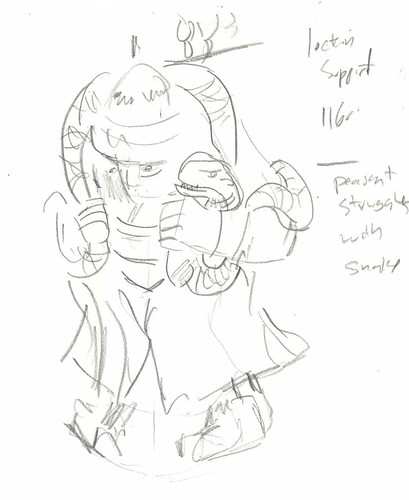
I’m in Pittsburgh tonight and practiced at Three Rivers Aikikai at Carnegie Mellon University. The Head Instructor was out of town so another black belt taught the class. There were only three other people plus the instructor, one had practiced for less than two months and the another was there for the 3rd or 4th time. I think the last student was still somewhat new but he looked better than me in his techniques.
The gist was that the instructor kept referring to me as the senior student and I was uke for the instruction almost half the time. After class I commented that I was uncomfortable being a senior student and she said that it was good for a student to be in that role sometimes.
While there are sometimes less experienced people at our dojo I know that my time with them is short and somebody better will be working to correct any errors. I offer help when I can, but I know others will help more.
So, it was a different and an interesting night.
While traveling I have practiced at 8 other dojos and 1 judo class. I first look for a USAF (US Aikido Federation) and if there is none I check for ASU (Aikido Schools of Ueshiba) and so far that has worked out well.
















